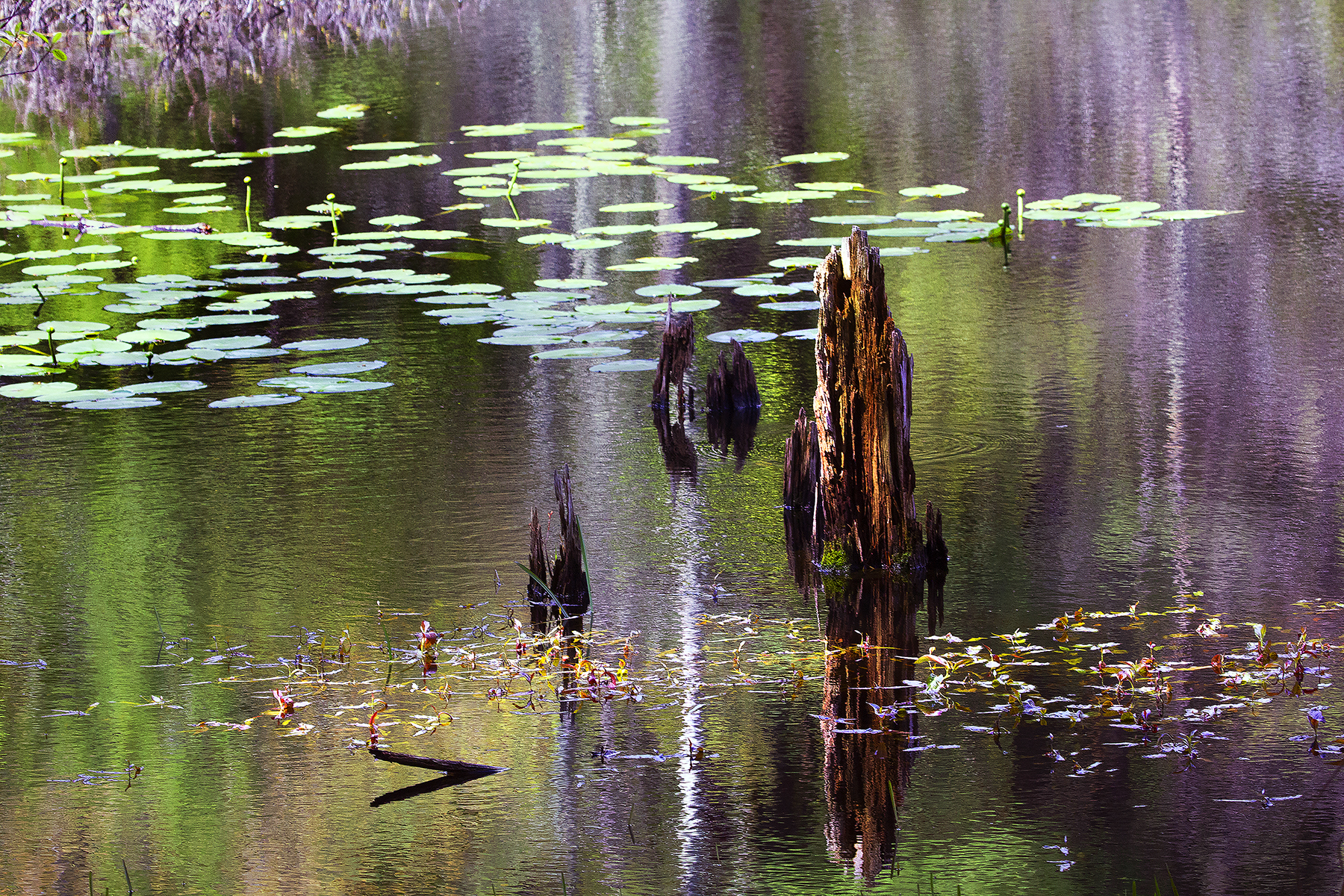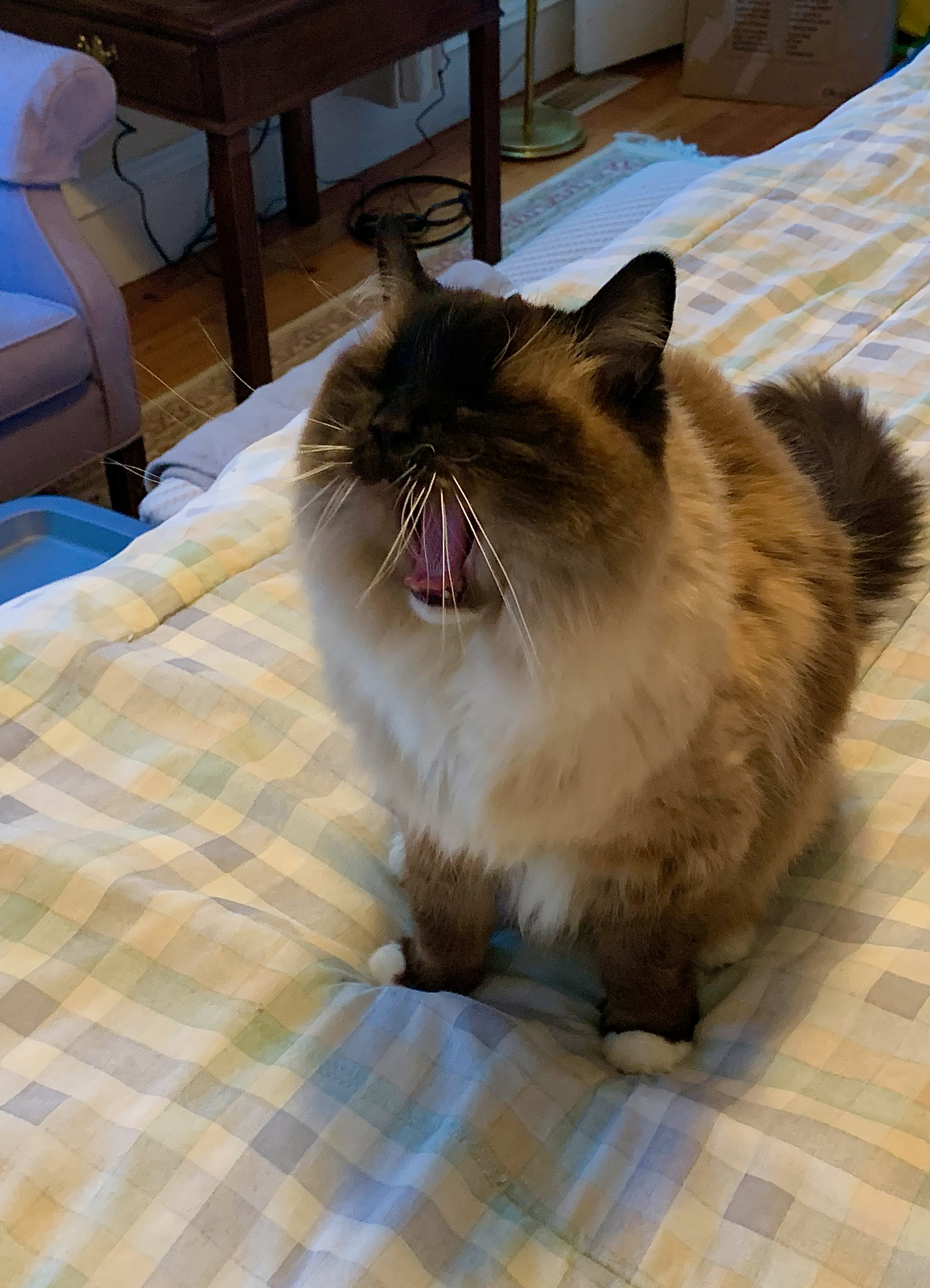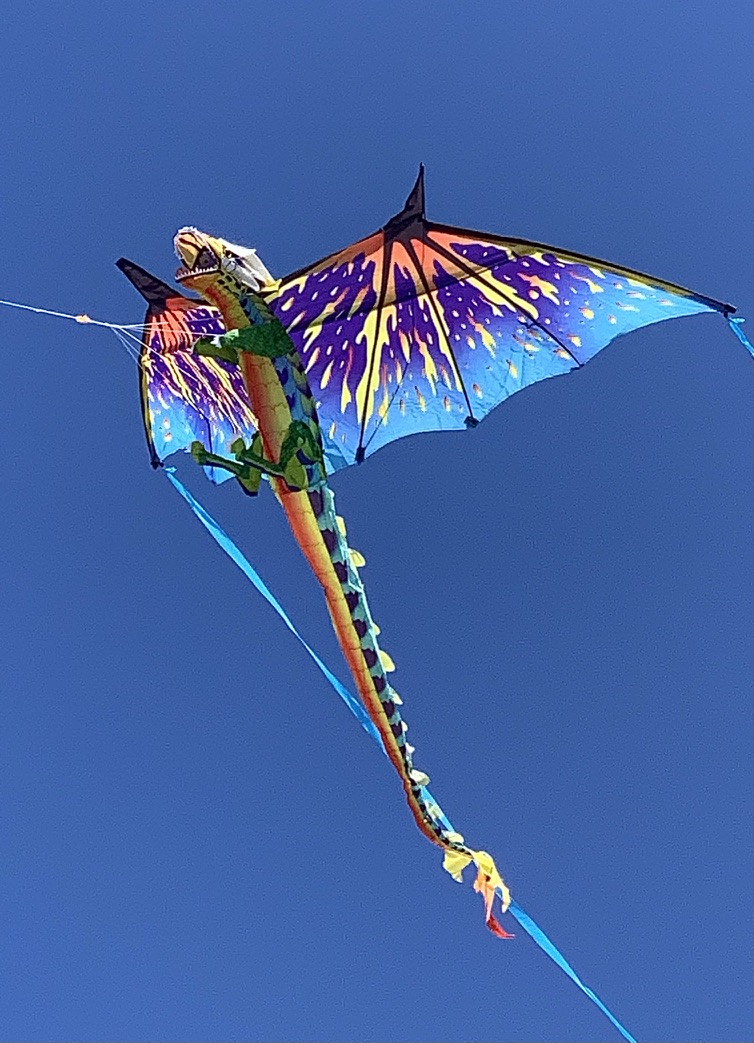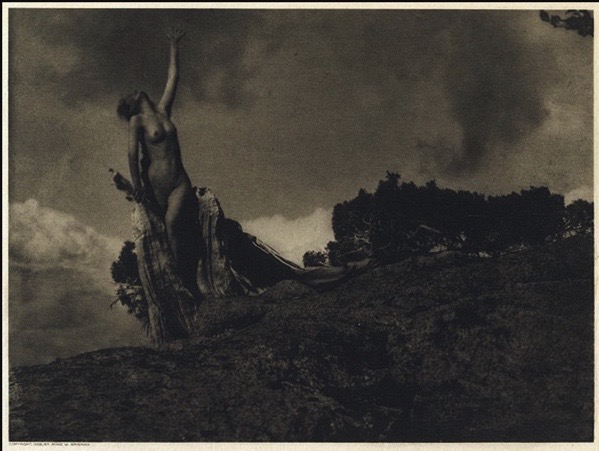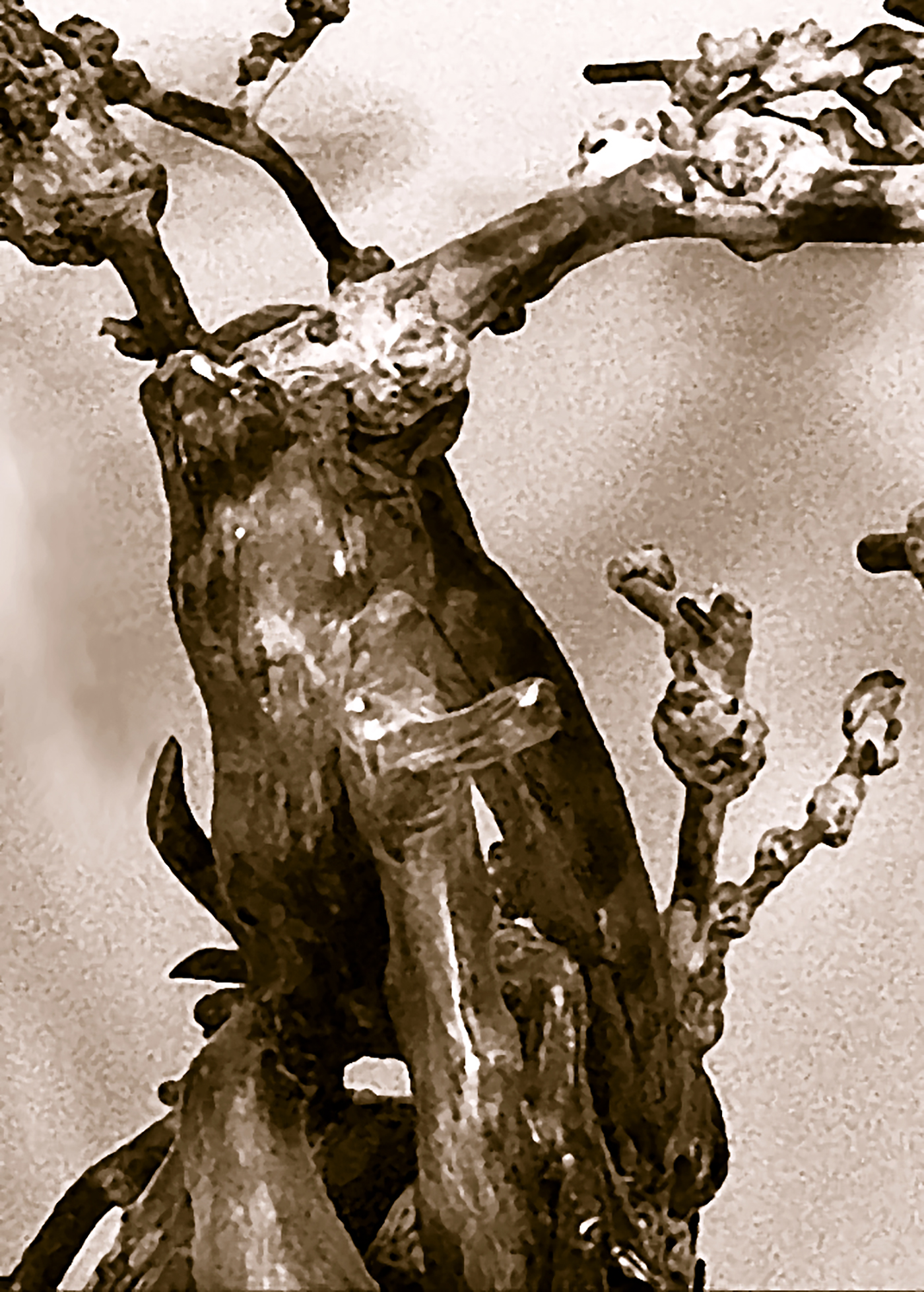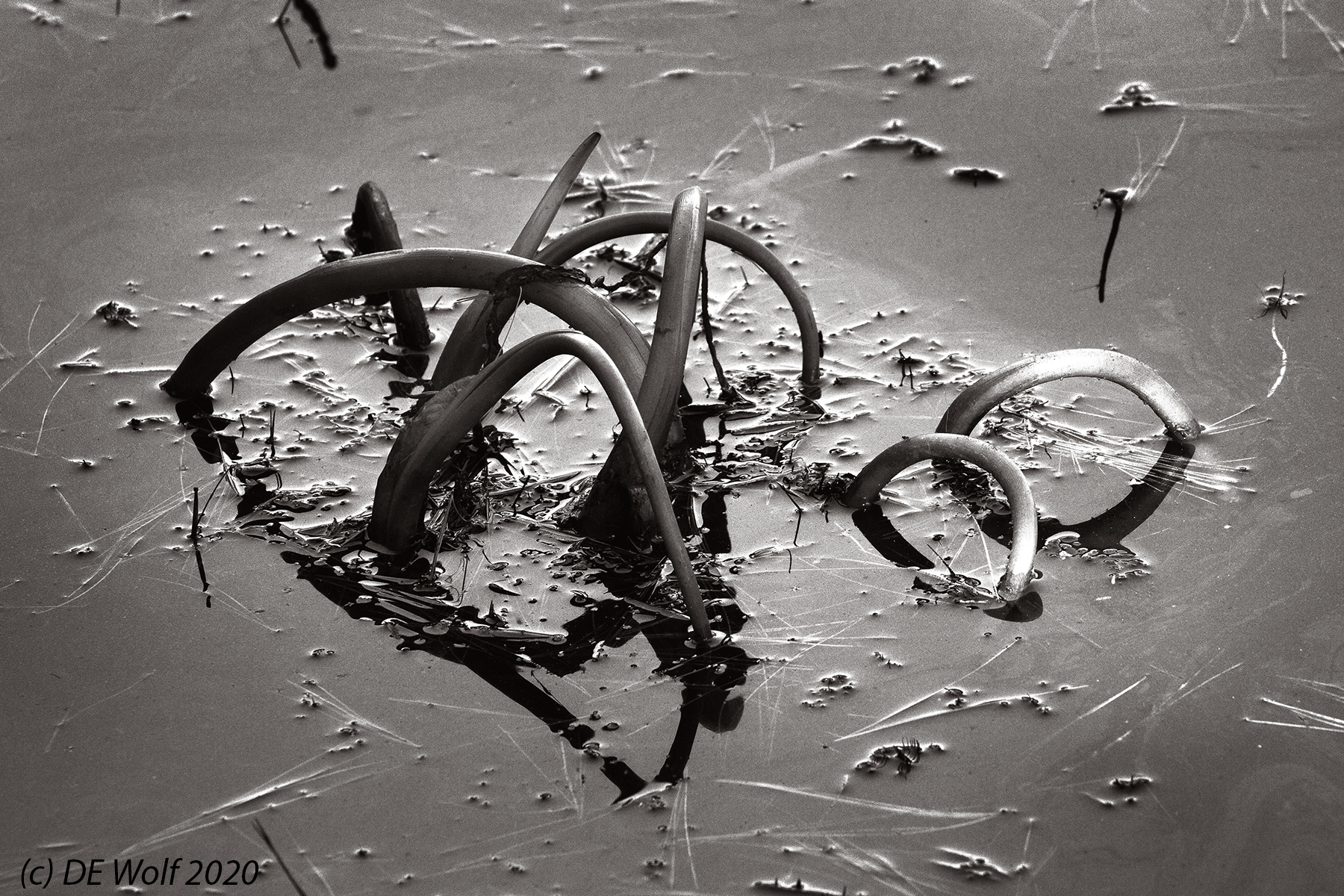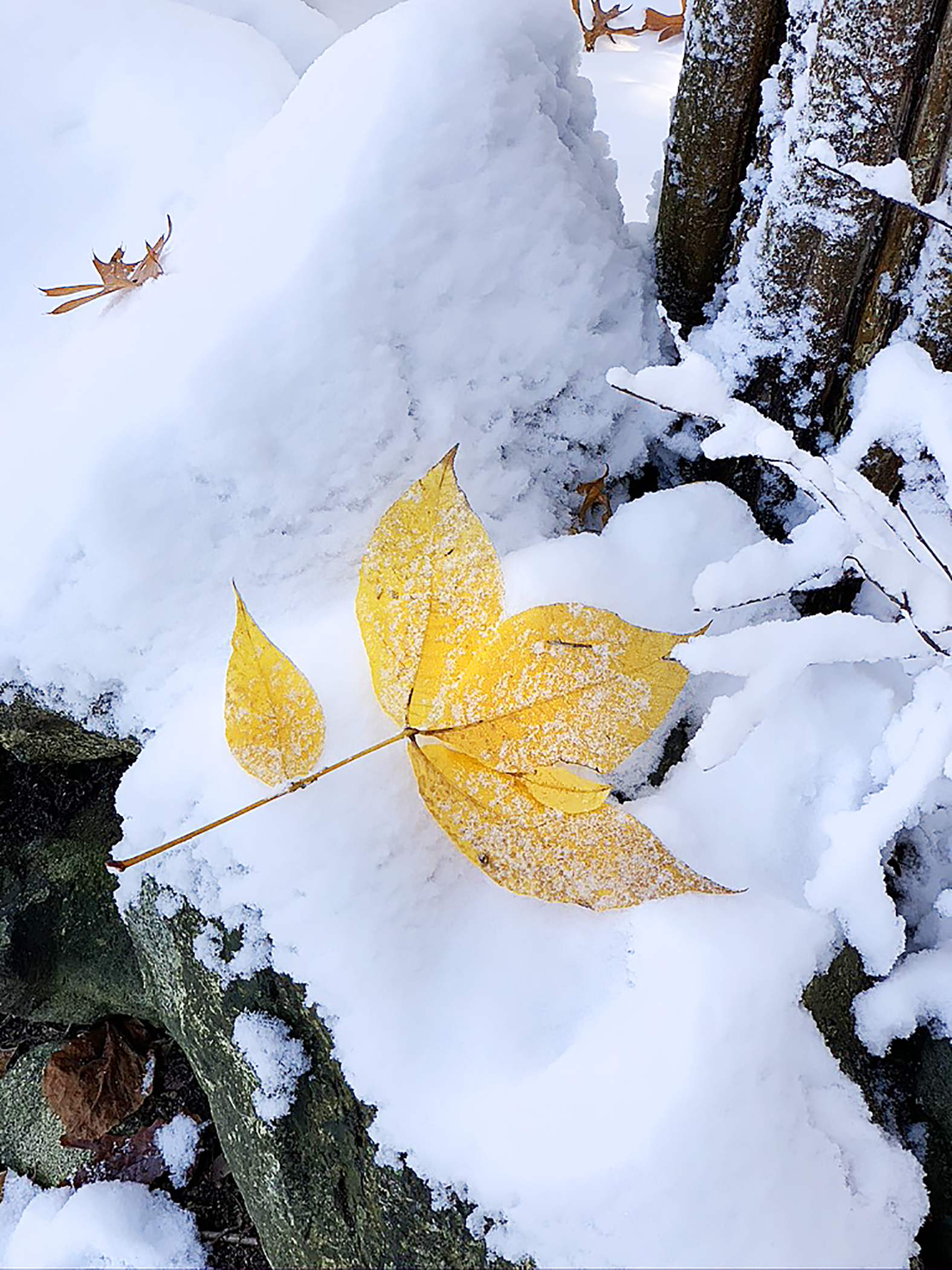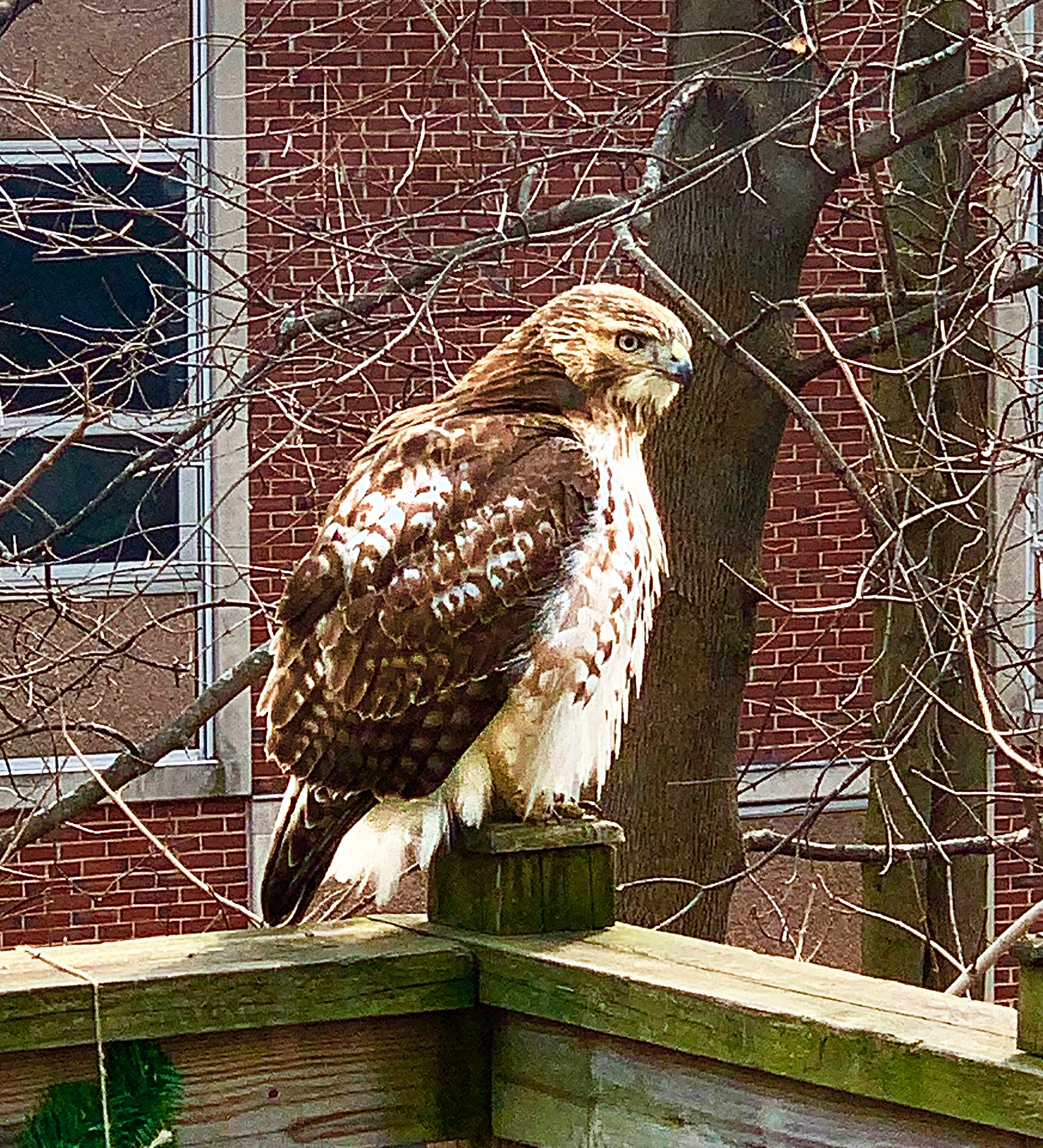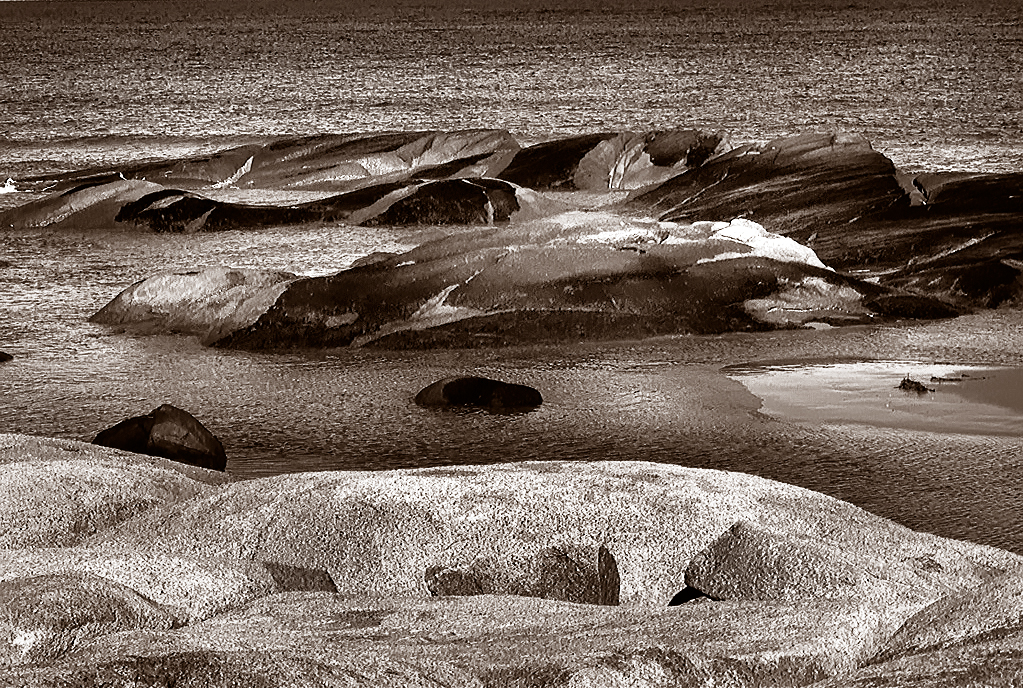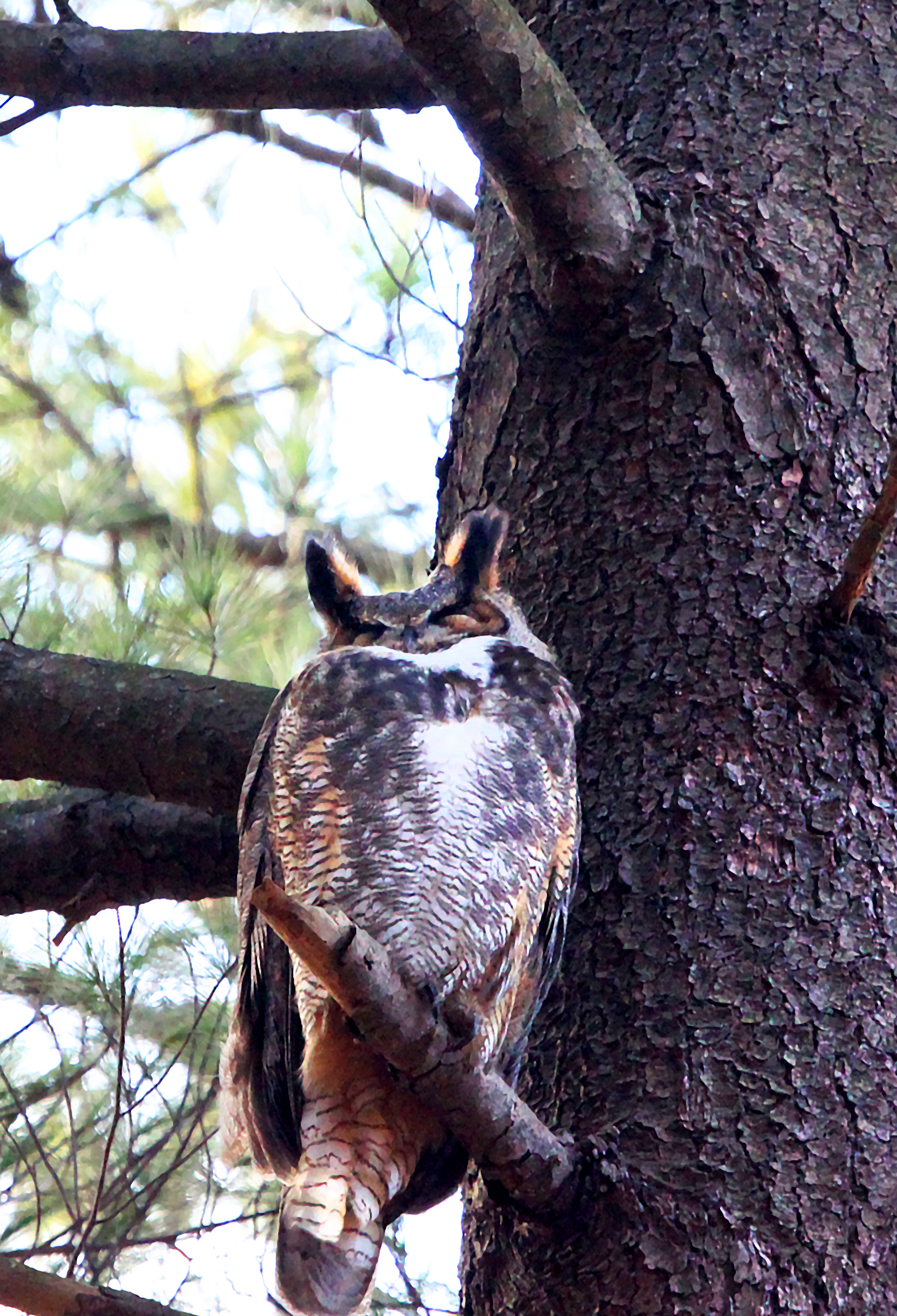Well, Hati and Skoll has moved from the Massachusetts North Shore back to Metrowest. Cloe’ the official mascot of H&S protests and is torn between the novelty of new smells and sights blended with old and kinda well, you know, it is all so scary! Here she is hiding in a mountain of crunchy packing paper.
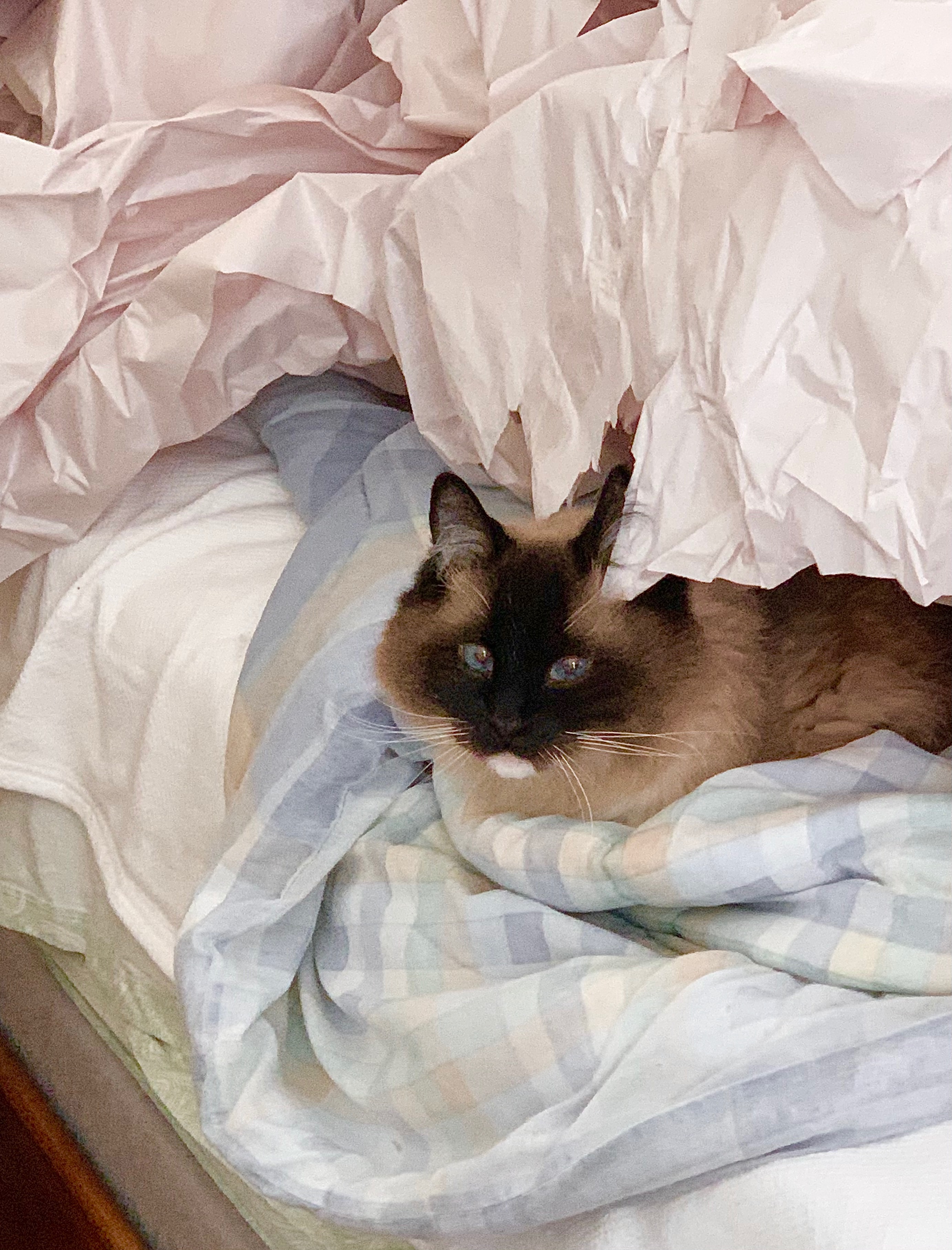
Figure 1 – The ambiguity of the move. (c) DE Wolf 2021.
The upshot of all of this is that I return, though I have never really left, from daily walks along Salem’s waterfront to daily walks through the Assabet River National Wildlife Refuge. My friend’s dog keeps tasting me with kisses, excitedly wondering about the 18 months of isolation, “Where have you been?”
Along the marsh, spring has indeed sprung. The pulse of spring, a demanding incessant rhythm, is always to be found in the behavior of birds. Among birds there is a curious attraction to the elegant long-legged waders, to the herons and the egrets. They speak to and of wild creatures. They are both throwbacks to the Jurassic days of imagined lumbering dinosaurs and the studied and choreographed beauty of a ballet dancer.
This year I was delighted to find that the great blue heron of Figure 2 has set up her nest on a plot of the marsh with greater accessibility and closeness to your intrepid photographer. I happily and greedily snapped photographs of her brooding her eggs with my big lens and am really looking forward to soon seeing little fuzzy heads popping out over the rim of the nest. Hopefully, a photo to come.
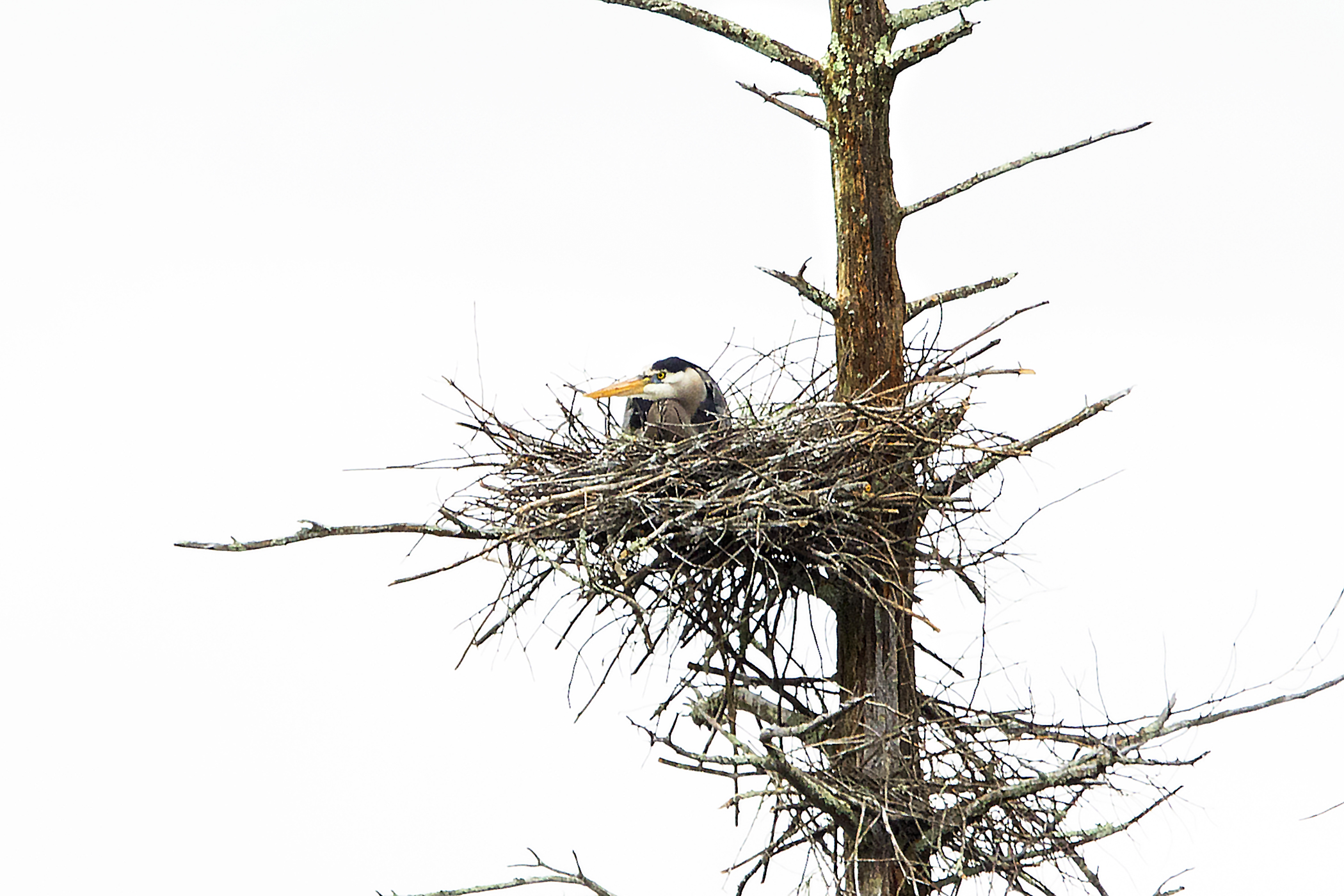
Figure 2 – Great blue heron brooding her eggs on the marsh. May 2021. (c) DE Wolf 2021.
I am left to wonder at this strange yet beautiful creature, who seems in a moment to have escaped time. She has borne witness to the ages and, perhaps, if we listen closely and receptively enough she has a story and advice for us.
“Are we not witnessing a strange tableau of survival whenever a bird alights on the head of a crocodile, bringing together the evolutionary offspring of Triassic and Jurassic?”
― Annalee Newitz, Scatter, Adapt, and Remember: How Humans Will Survive a Mass Extinction
Figure 2 – Canon T2i with EF 100-400 mm f/4.5-5.6L LS USM lens at 285 mm, ISO 800, AF Aperture Priority 1/640th sec at f/7.1 with +2 exposure compensation.

